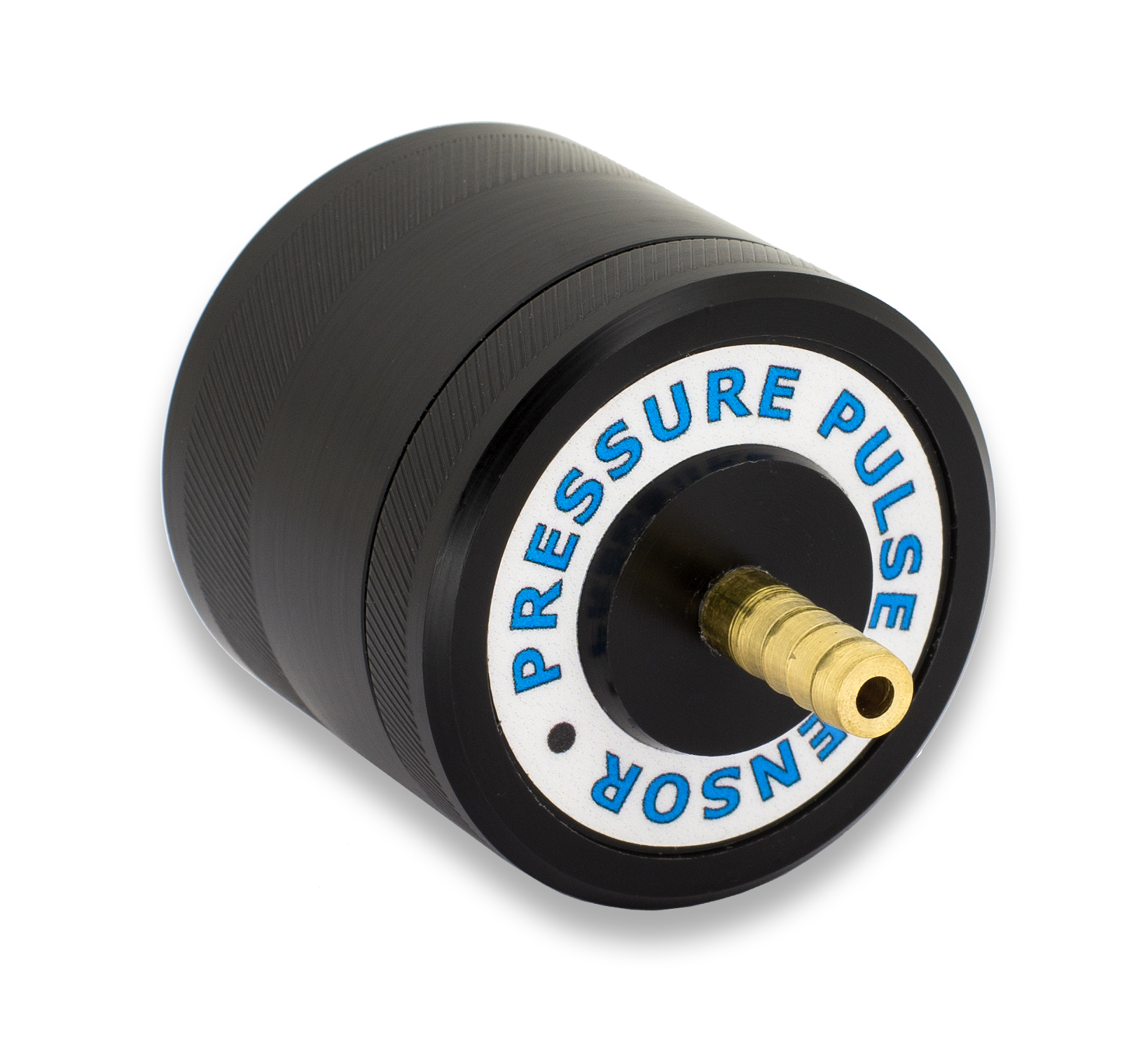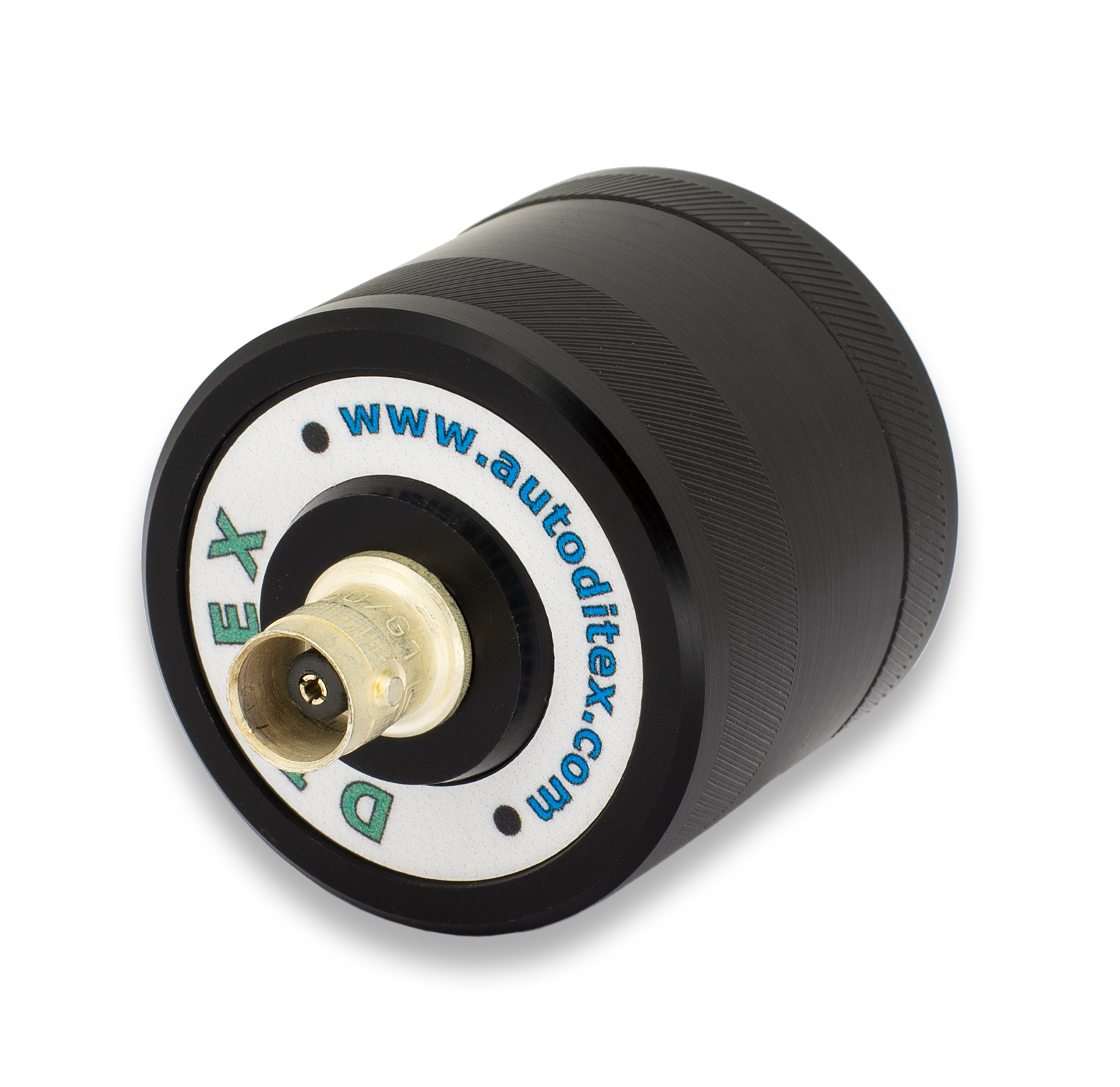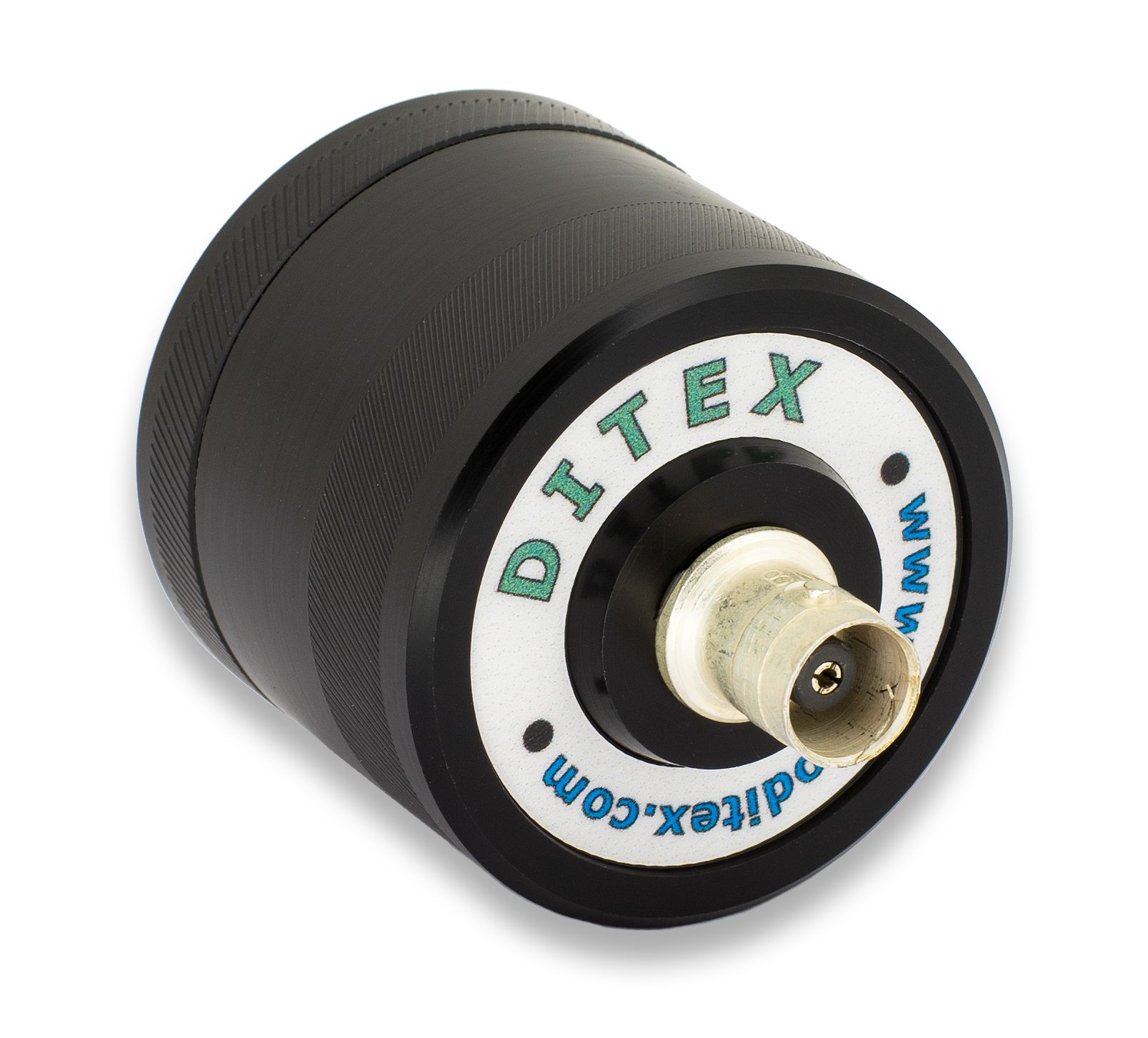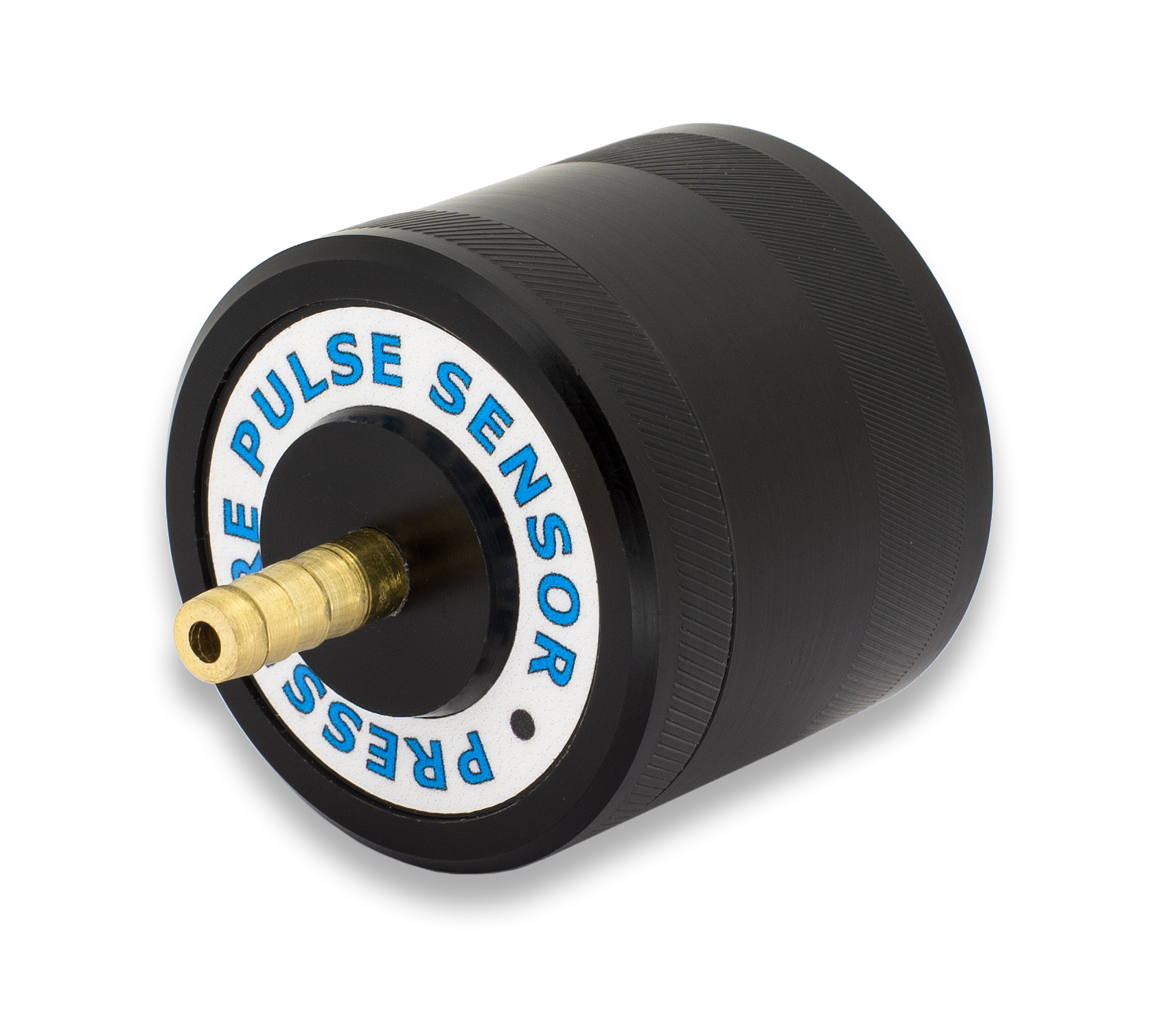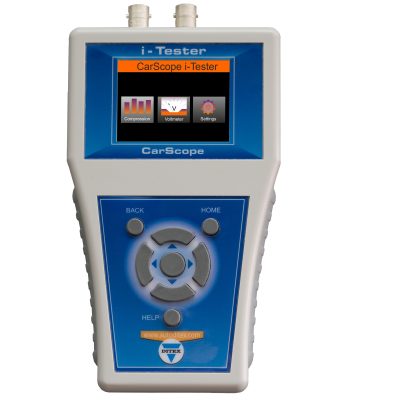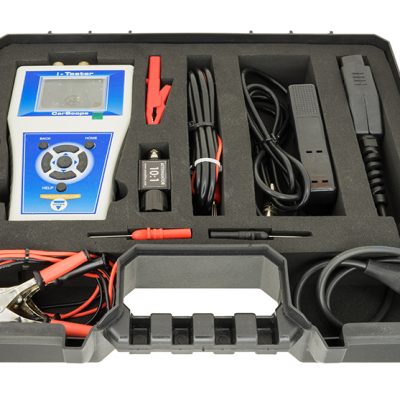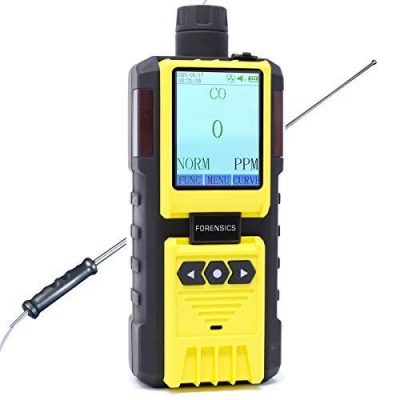Description
In the mid 2000’s a new diagnostic strategy started to gain traction with engine performance and drive-ability technicians. The Pressure Pulse Sensor (PPS) offered a fast and accurate method to diagnose engine mechanical problems. Said another way, the PPS was able to give a visual indication of the mechanical integrity of a motor before more intrusive engine performance tests were performed.
In the normal operation of an internal combustion engine, pulse waves of pressure (positive and negative) are generated in the intake manifold, exhaust system and the cylinders themselves. These waveforms (patterns or pulses) are somewhat predictable in nature, so any change in shape or appearance or symmetry of these pulses could indicate a problem with the engine.
The Pressure Pulse Sensor (PPS) detects such faults as burnt valves, cylinder leakage, exhaust restrictions, timing issues and other performance problems without major disassembly of the engine with a minimal amount of work. The technician can therefore quickly and accurately get an idea of the actual condition of the engine. The Pressure Pulse Sensor does not need additional external power supply and it can be used with most modern digital storage oscilloscopes.

